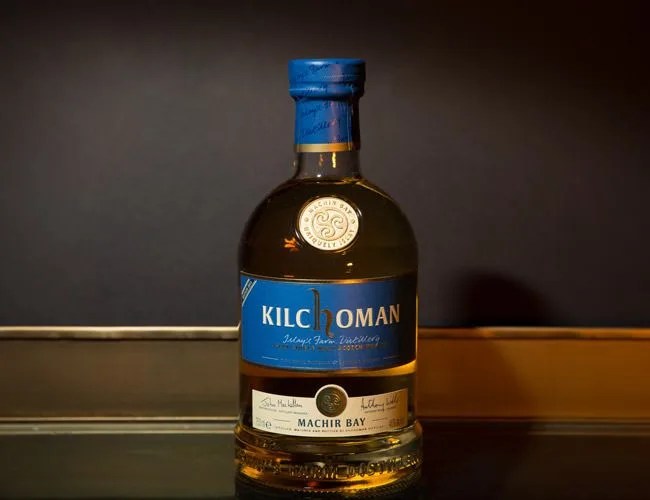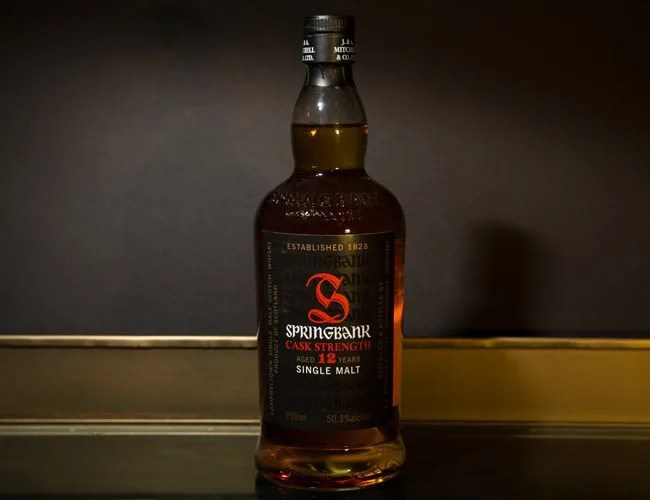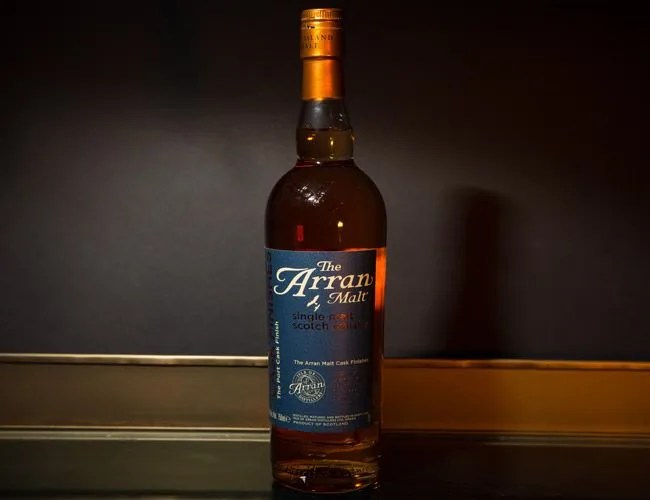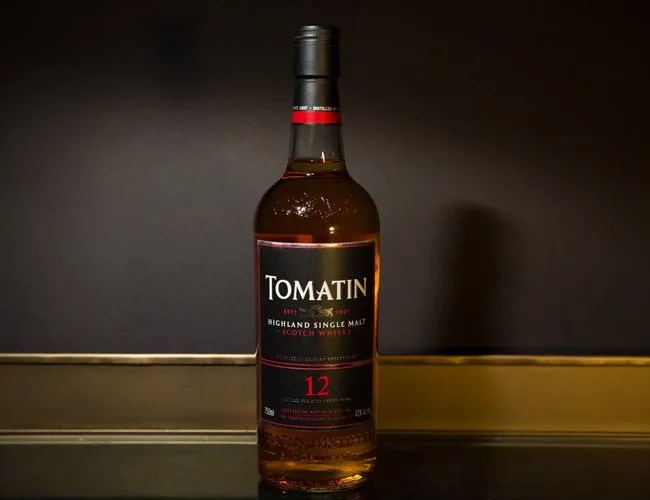Big is almost always bad in the current consumer culture, particularly when it comes to food and drinks. We want local, natural and small batch; we want to meet farmers and know the names of the animals we’re eating. For whisky drinkers, this presents some problems: while the very idea of Scotch denotes integrity and brings to mind old men sharing stories around a weathered bar, much of the industry is owned by faceless multinational companies. Many of them make very good products (there’s no shortage of Laphroaig and Lagavulin drinkers around here). But if you’re interested in a story and what’s likely a more old-fashioned production process, then the independent distilleries are more attractive. (A word of caution: When we say independent, we’re not exclusively talking about distilleries owned by a single family; we’re referring to ownership that is not Big Scotch.) To help us choose the best of the indies, we talked with Steven Abt and Moiz Ali, founders of Caskers.com, a portal for craft spirits.

Kilchoman Distillery Machir Bay Islay Single Malt

Caskers’ Take: Kilchoman opened in 2005 and is the first new distillery on Islay in over 125 years. They use a more resilient strain of barley, Publican barley, that can handle the harsh weather of Islay, and they’re one of only a handful of distilleries in Scotland that continue to malt their own barley. A great expression is the Kilchoman Machir Bay Single Malt Whisky, which is crafted from whisky that is initially matured in ex bourbon casks, after which a portion is finished for one month in ex Oloroso Sherry casks. The extraordinary strain of barley and unique maturation process give the whisky notes of vanilla, papaya and malt on the palate with a finish of peat, vanilla and caramel. – Moiz Ali
GP’s Take: This is one of the funkiest Scotches we’ve ever tasted. It combines a big smokey nose with light but super flavorful taste with all kinds of citrus notes. We also got this hint of crispy salmon skin — chewy, savory, delicious — which sounds weird, but we liked it very much.




